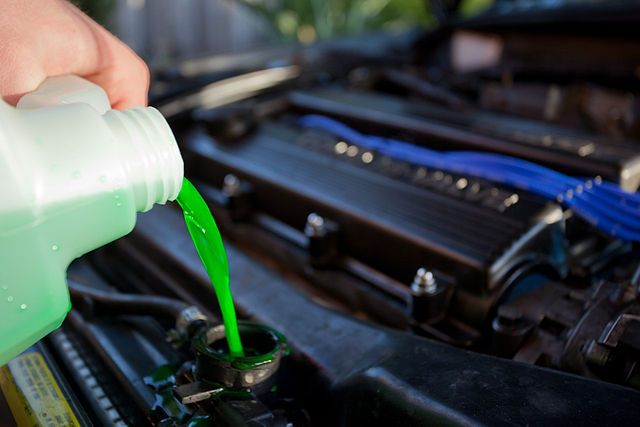 Coolant is a liquid substance, typically a mixture of water and antifreeze (or another coolant additive), that circulates through a vehicle's engine cooling system. Its primary function is to:
Coolant is a liquid substance, typically a mixture of water and antifreeze (or another coolant additive), that circulates through a vehicle's engine cooling system. Its primary function is to:
- Absorb heat: As the engine runs, it generates a lot of heat. The coolant absorbs this heat, preventing the engine from overheating.
- Regulate temperature: The coolant then carries the absorbed heat to the radiator, where it is released into the air through a flow of air. This helps maintain the engine at a constant operating temperature, which is crucial for optimal performance and longevity.
- Prevent freezing: In cold climates, the coolant's antifreeze properties prevent it from freezing, which could damage the engine block and other components.
Here's a breakdown of the key components in a car's cooling system:
- Coolant: The liquid that absorbs and transfers heat.
- Engine block: Where the engine generates heat.
- Water pump: Circulates the coolant throughout the system.
- Radiator: Releases heat from the coolant into the air.
- Thermostat: Regulates the flow of coolant based on engine temperature.
Types of Coolant:
There are different types of coolant available, each with its own properties and freeze protection levels. It's important to use the coolant recommended by your vehicle's manufacturer for optimal performance and protection.